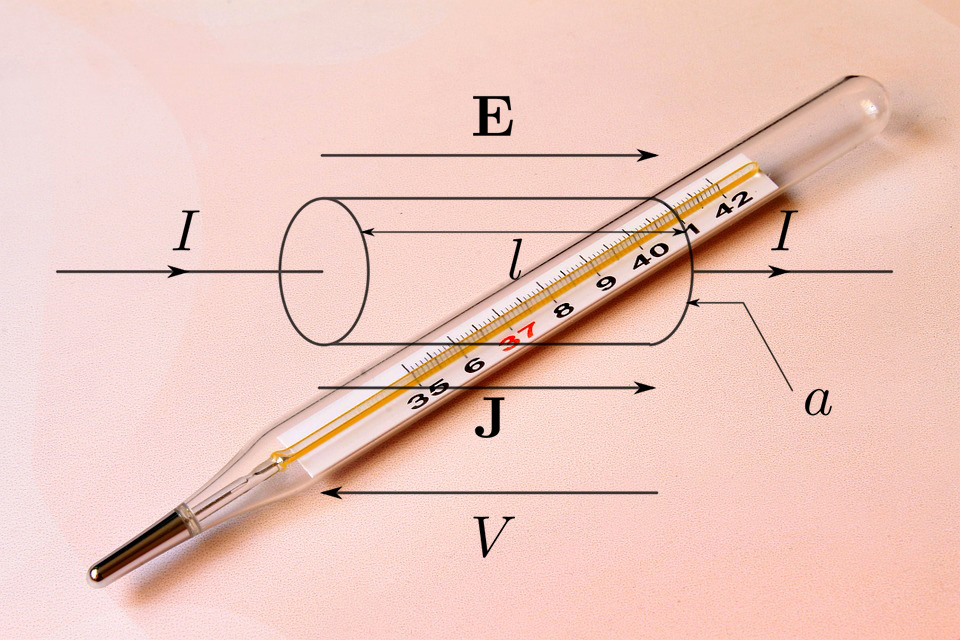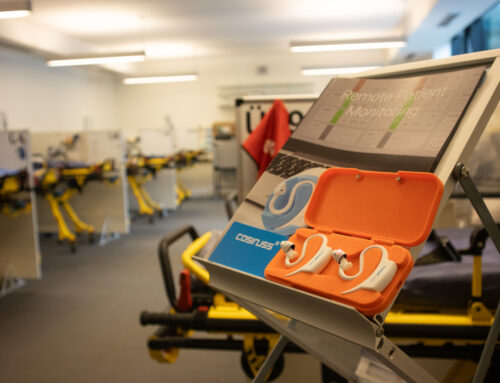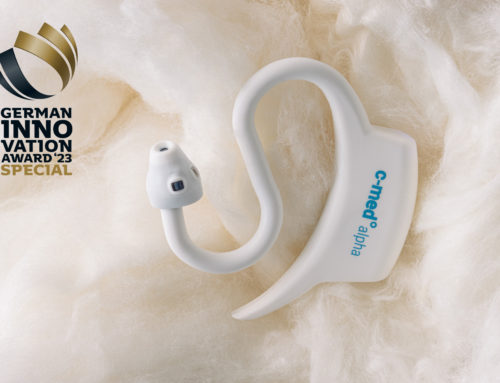Introduction
Hello, I am Ralph and I am writing my Bachelor thesis in a field of medical engineering. Being with the team of degree° – the in-ear fever thermometer focus of my research is body temperature and the different ways to measure it. Compared to vital parameters like the oxygen content in your blood or your heart rate, you might think that the temperature is quite easy to determine. But numerous medical publications and studies would prove that statement wrong.
The different papers which I have been closely studying, made me realise how important it is to measure continuously. But only if you measure:
- with an accurate method as often as possible
- in one predestinated point of the body,
you will get a precise image of your “real body temperature”. By measuring continuously, the already measured values become your reference, which makes it is possible to see whether your body temperature is rising or not. And not to only compare single values with any defined golden standard.
Historically there is no clear definition
Even though the body temperature has been taken and considered as a vital parameter for around 150 years (1), there is still no clear definition of it and it is still controversial which temperature in our body can be taken as reference. The reason for it is the fact that the measurement shows different values depending on the measurement site (often +/- 1 °C). And this, of course, makes it hard to say which temperature corresponds to the “real body temperature”. Is it the one which is measured orally under the tongue or the temperature measured exactly on the other side of our body, in the rectum…?
State of the art today
Currently, the temperature in the pulmonary artery is mainly stated as a medical reference. And since this is the point in our body, where the blood (with its function as transport medium of heat) leaves the heart to get pumped through the lungs and later to the rest of our body, it sounds logical to consider this temperature as the reference. However, as you can imagine, this measurement method is extremely invasive and is only possible during cardiac (heart) operations, which means it is impossible to measure your body temperature like this at home.
How the medical reference works
Clinical studies have shown that the temperature that is taken in other places of the human body behaves like the temperature in the pulmonary artery. Especially the ear is well correlating with this temperature and with the brain’s temperature, where the Hypothalamus is located (the body’s thermoregulation system). That’s why particularly the ear and its tympanic membrane is predestinated for measuring the body temperature. By the way, studies also indicated that the temperature measured in the rectum responds slower to a change of body temperature than measurements in the ear do. (2) (3) So basically, by measuring in the ear you are always one step ahead if it comes to see the changes in body temperature.
Literature:
1. Wunderlich, CA. Das Verhalten der Eigenwärme in Krankheiten. Leipzig : O. Wigand, 1868.
2. Z. Mariak, M. D. White, T. Lyson, J. Lewko. Tympanic temperature reflects intracranial temperature changes in humans . Pflugers Archiv – Eurpean Journal of Physiology. März 2003.
3. Matthias Bock, Uta Hohlfeld, Kristine von Engeln, Peter A. Meier Johann Mozsch, Abel J. Tasman. The accuracy of a new infrared ear thermometer in patients undergoing cardiac surgery. CARDIOTHORACIC ANESTHESIA, RESPIRATION AND AIRWAY. März 2005.






